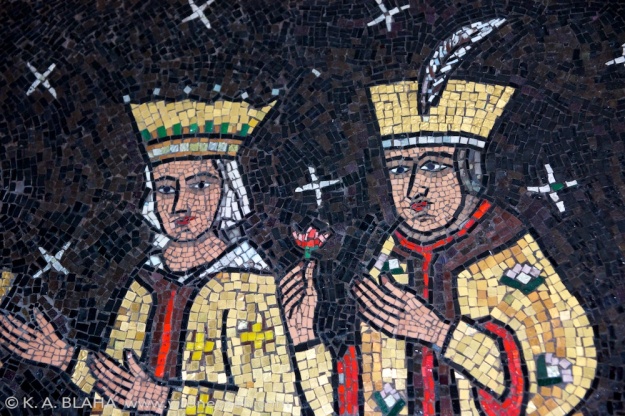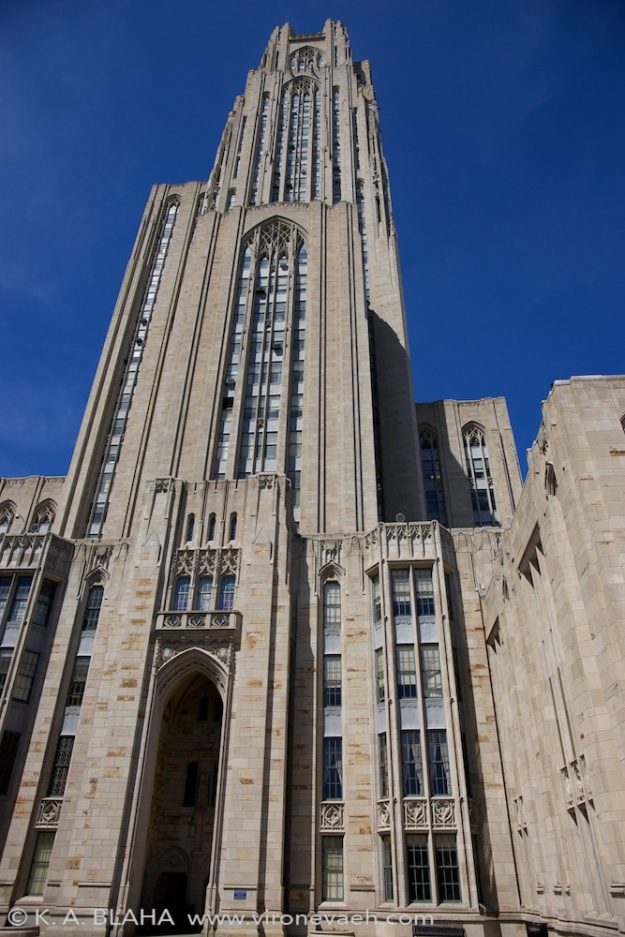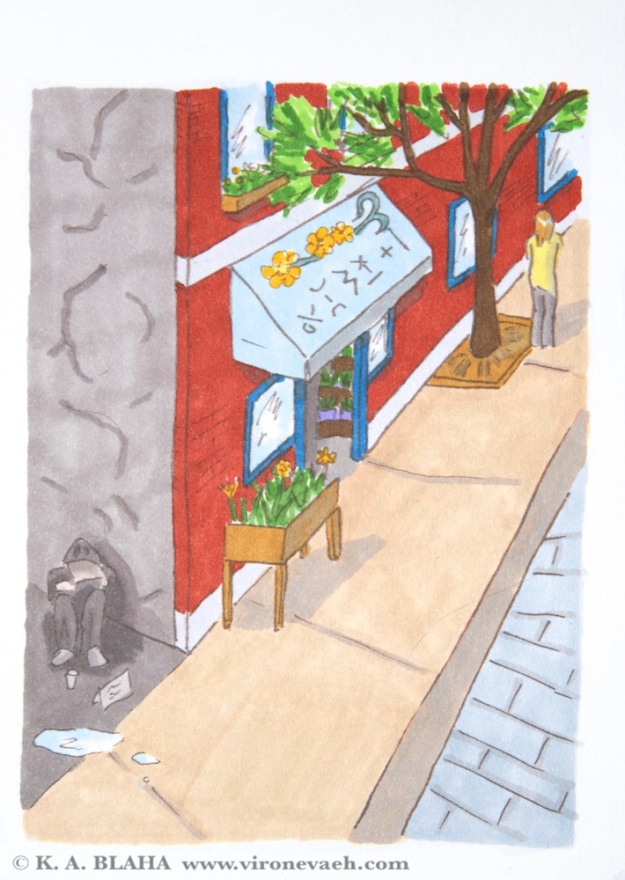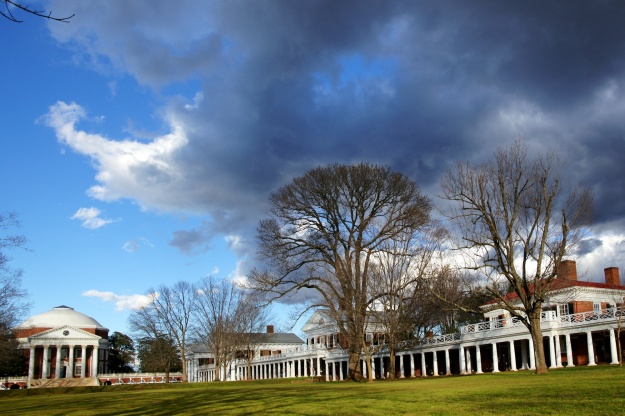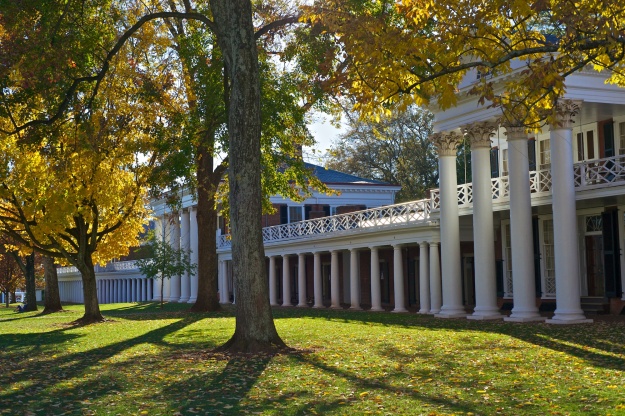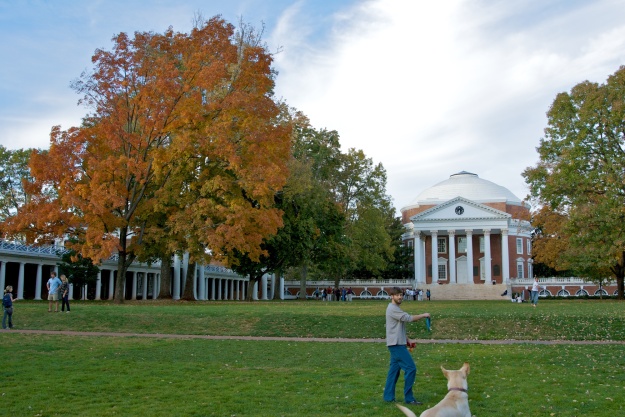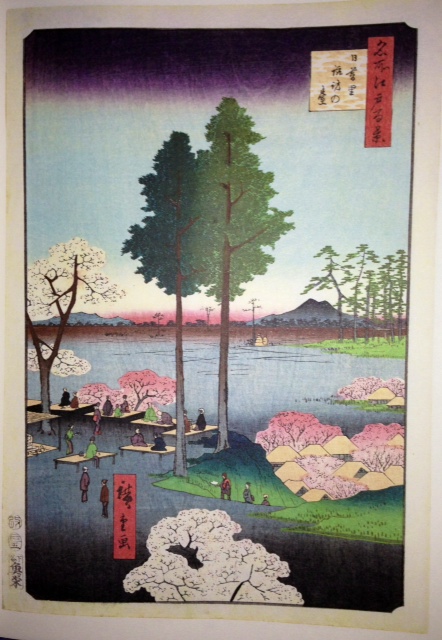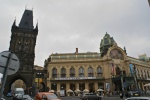The Olympics are coming up! It’s that rare time when non-professional sports get to shine! As a lover and player of water polo, I get so inspired watching the amazing men and women of the world expressing their mutual disdain through grabbing, elbowing, and splashing in the big pool. Water polo is GREAT.
As I type this, I nurse a bruise from a deliberate kick in the back, some mystery bruises on my arm, and a sprained thumb. I can only hope I gave as good as I got. But really, one of the wonderful things about water polo is the intensity of the violence compared to the mildness of injury. You cannot fall down or run into a wall, and any underwater shenanigans are dissipated by the water. As I have often said, water polo enables to player to express all of the intent, but little of the impact. That’s perfect!
As I have demonstrated again and again, I love art deco design. I love old art deco Olympic posters; they’ve inspired my water polo art before. Water polo is a niche sport, and there isn’t a ton of art out there for it. Additionally, I enjoy contrasting the gentility of art deco design with the brutal public image of water polo. The soft civility of art deco posters in many way jives with how the game feels as a participant—it’s like a big tea party with all of my scantily-clad friends.
So, as we near these (hopefully sewage free but probably not) Olympics, I hope you’ll enjoy my water polo posters. I got inspired when the Olympic Trials were on TV a few months ago, so you can only imagine how much I’ll enjoy the Olympics.










